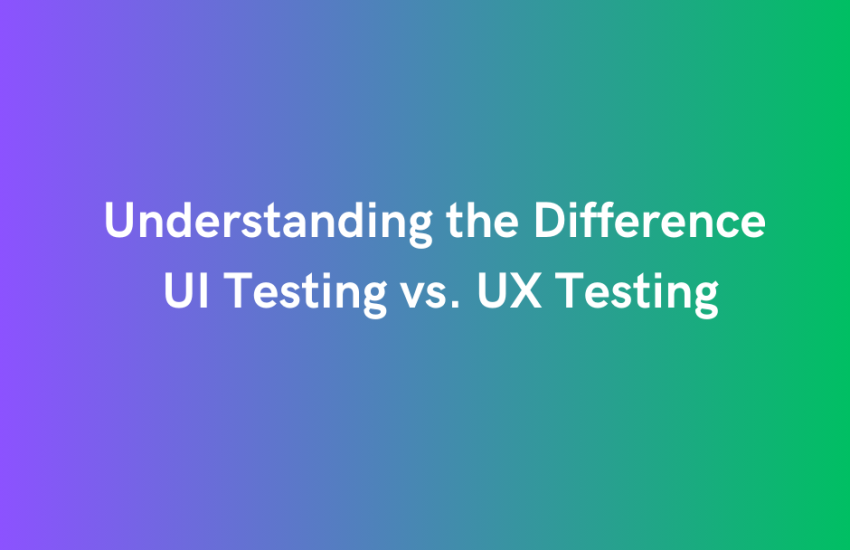1) UI Testing (User Interface Testing)
- Scope: UI testing primarily focuses on the visual and interactive elements of the user interface, such as buttons, forms, menus, and screens.
- Visual Aspects: It evaluates the visual design, layout, and overall look and feel of the UI, including aspects like colors, fonts, images, and iconography.
- Functional Elements: UI testing also checks the functionality of UI elements, ensuring they behave as expected when users interact with them.
- Visual Consistency: Ensures that the UI is visually consistent across different devices, screen sizes, and browsers.
- Layout and Design: Verifies that the UI elements adhere to design specifications and guidelines.
- Functional Validation: Tests the functionality of UI components like buttons, links, and forms to ensure they work correctly.
Tools and Techniques
- Automation: UI testing can be automated using tools like Selenium, Appium, or TestComplete to simulate user interactions and verify the appearance and functionality of UI elements.
- Manual Testing: Manual testing is also common, especially for evaluating visual design and layout.
- UI test cases are often detailed and specific, focusing on interactions, visual design, and the functional behavior of individual UI components.
- Examples include testing that buttons respond to clicks, forms validate user inputs, and fonts are consistent throughout the UI.
2) UX Testing (User Experience Testing)
- Scope: UX testing assesses the entire user experience, including usability, accessibility, user satisfaction, and emotional responses.
- User-Centric Approach: It goes beyond the UI’s visual design and explores how users interact with the product, the ease of use, and their overall satisfaction.
- Qualitative Insights: UX testing often relies on qualitative methods, such as user testing, surveys, interviews, and observational studies.
- Usability: Evaluates how easily users can navigate the application, perform tasks, and accomplish their goals within the product.
- Accessibility: Ensures that the product is usable by individuals with disabilities, adhering to accessibility standards like WCAG (Web Content Accessibility Guidelines).
- User Satisfaction: Measures user satisfaction through feedback and user testing, striving to create a positive and enjoyable experience.
Tools and Techniques
- User Testing: Involves real users interacting with the product while their actions, feedback, and reactions are observed and recorded.
- Usability Testing Tools: Tools like UserTesting.com and usability testing platforms facilitate remote and in-person usability testing.
Test Cases: UX test cases often involve scenarios and user journeys that replicate real-world usage. Examples include testing how easily a new user can register, navigate through the application, complete a purchase, or accomplish specific tasks.
Key Differences:
- Scope: UI testing focuses on the visual and interactive elements of the interface, while UX testing looks at the entire user journey and overall user satisfaction.
- Goals: UI testing aims to ensure visual consistency and functional correctness, while UX testing aims to create a user-centric, efficient, and enjoyable experience.
- Testing Methods: UI testing often involves automated scripts and design reviews, while UX testing relies on qualitative methods, user feedback, and usability studies.
- Testing Tools: UI testing tools are typically used for automated functional testing, while UX testing tools include user testing platforms and survey tools.




